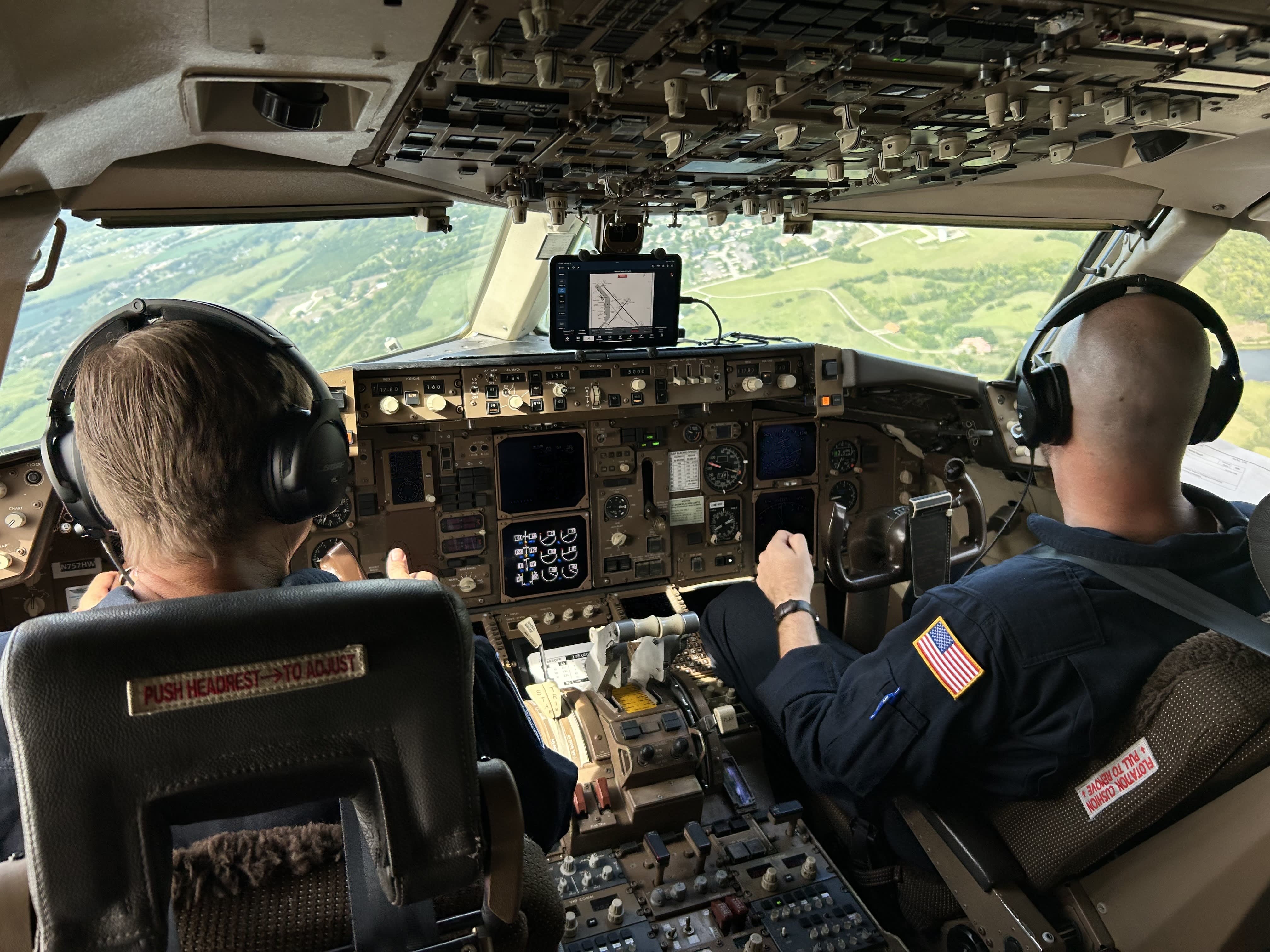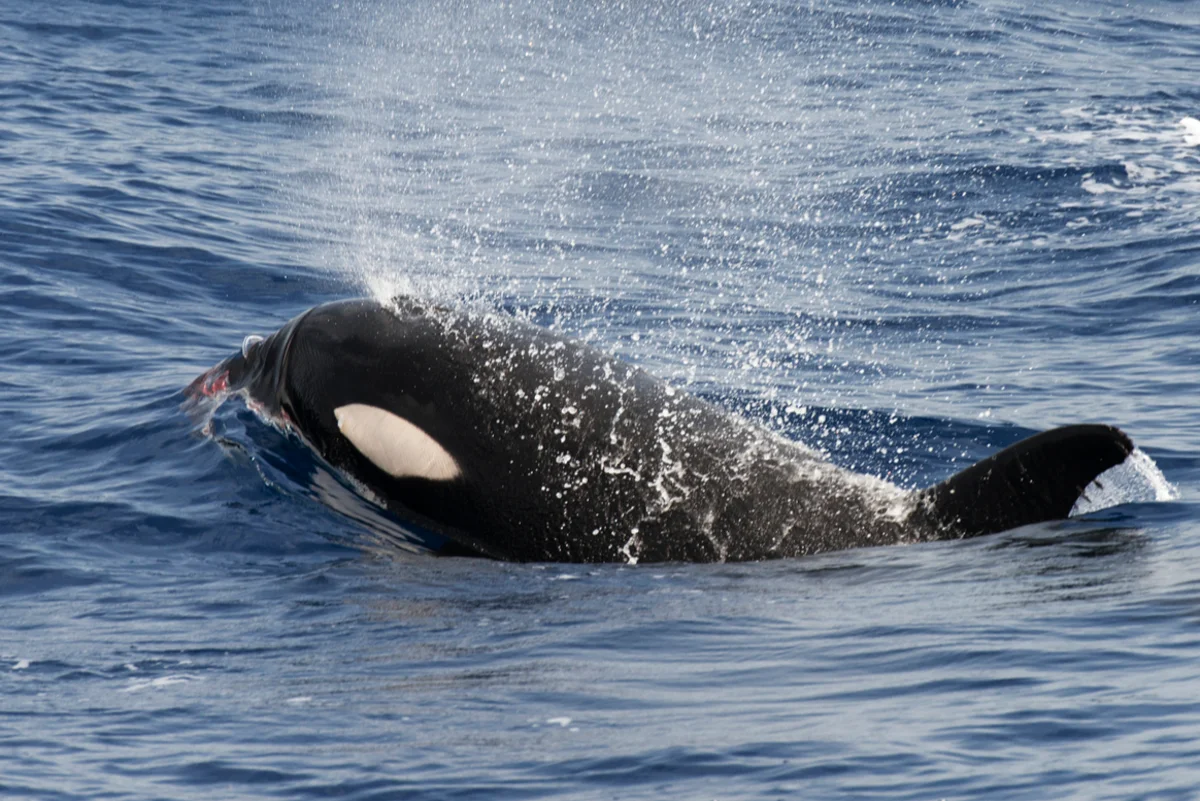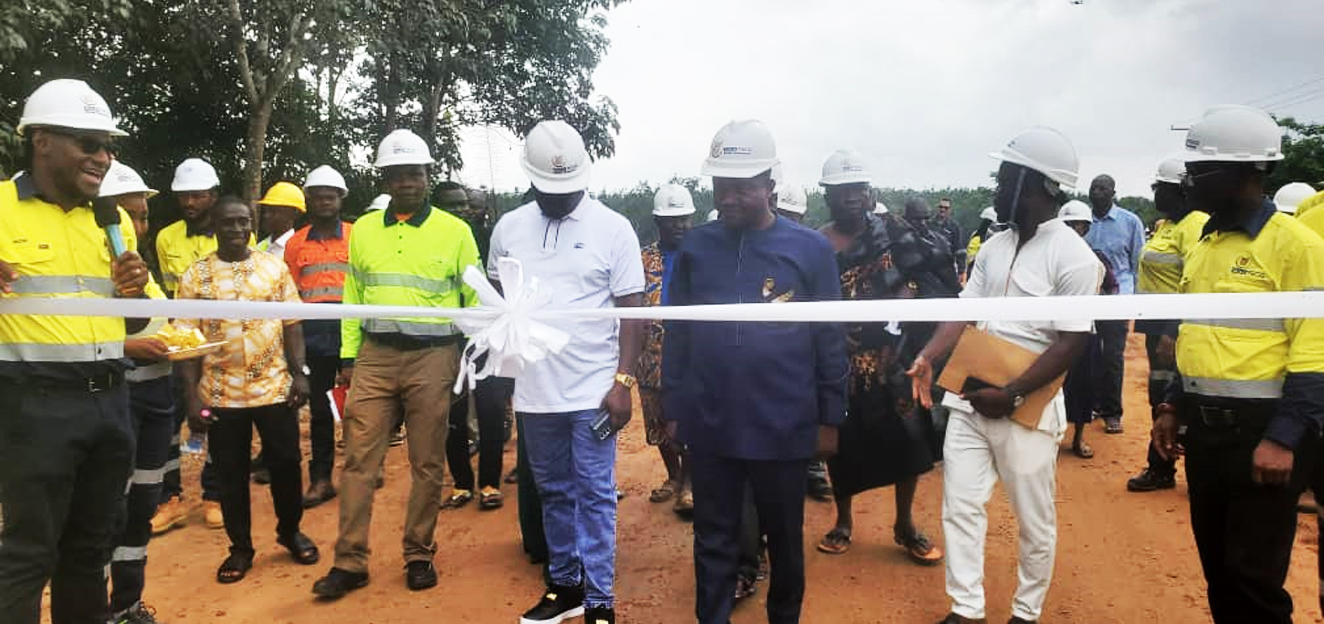‘Seconds count’: Avoiding airplane collisions at airports could come down to cockpit alerts
By Leslie Josephs
Copyright cnbc

Honeywell said its SURF-A alerts could have given the pilots 10 additional seconds of reaction time with a potential collision notice. The new program Honeywell is testing uses Automatic Dependent Surveillance – Broadcast, or ADS-B data, a GPS for an airplane.
“It’s usually a very good working environment between pilots, air traffic control, airport management,” Vining said. “We get it done safely, efficiently and smoothly. But you could also see just the slightest interruption, a little variation, and things can go wrong very quickly.”
The aerospace giant already offers another suite of alerts that tells pilots if they’re about to make a mistake like landing or taking off on a taxiway instead of a runway, for example, with visual alerts on a screen as well as aural warnings — “Caution! Taxiway!” The so-called Smart X package also alerts pilots if flaps are not set correctly, if the runway is too short, or if they are coming in too high or too fast, among other situations.
“As aircraft get closer to the airports where there are other airplanes that are also flying low to the ground, attempting to land, that’s the most dangerous spot to have a collision occur,” said Jeff Guzzetti, a retired air safety investigator with the NTSB and the FAA.
Those alerts have been on Alaska Airlines planes for years and, more recently, Southwest Airlines has added them. Honeywell said the alerts are currently flying on more than 3,000 planes operated by 20 airlines, but that’s still limited adoption with hundreds of carriers operating worldwide.
“Since we’ve implemented the software, I can’t think of an instance where we’ve had a runway incursion,” said Dave Hunt, Southwest’s vice president of safety and security and a 737 pilot.
American Airlines was also training its pilots on those alerts in the second quarter of the year, according to a lesson plan that was seen by CNBC. Last month, American received its first aircraft with the runway awareness and other alerts on board, a spokeswoman said, adding that its Boeing 737 pilots have now been trained on the tools.
The alerts aren’t required by regulators, but the FAA said it is “reviewing recommendations” from the Runway Safety Alerting Subgroup “to determine next steps,” referring to a group of airline, aerospace, pilot union, government and industry officials that last year recommended new planes include more advanced cockpit alerts in case of situational awareness issues at airports.
“The alerts occur further away from the runway so that if there’s an aircraft on the runway, you’re not having to make that decision very low to the ground,” said Jon Sites, director of flight operations safety at Alaska Airlines.



